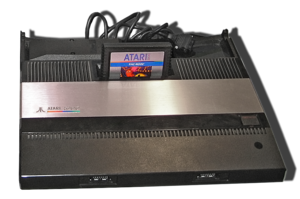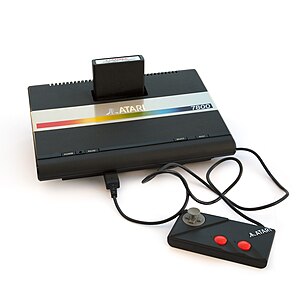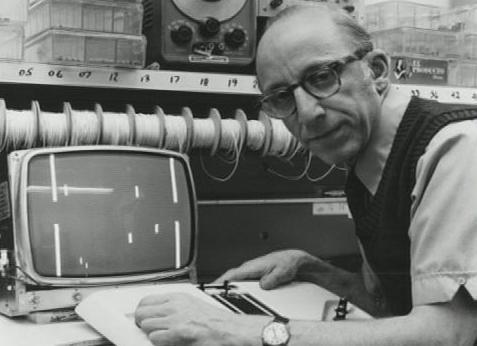It is Interesting to investigate 1980's because only Ten years later, I existed in this 3rd dimension reality.
Plenty of goodies in this era, so here's my little take...
 In the 1980’s the gaming industry experienced it’s first major growing pains, because of the relatively low publishing costs for personal computer games which allowed for bold, unique games.
In the 1980’s the gaming industry experienced it’s first major growing pains, because of the relatively low publishing costs for personal computer games which allowed for bold, unique games.However some early 80’s games, were just clones of existing arcade titles. They say, that there is no consensus as to the exact time period, but based around the 1980 margin, “The Golden age of Video arcade games” was a peak era of video arcade games popularity, innovation and earning.
The Golden Age generated a lot of revenue, though in contrast the best-selling arcade games of the Golden Age, were space invaders and Pac-man. They both sold over 360,000s and 350,000s copies, with each machine costing between $2000 and $3000.
Thought this image was interesting because it's the world
smallest Space Invader, machine lol.
So it's a shooter game in which the player controls a Hyperlink laser cannon by moving it horizontally across the bottom of the screen and firing at descending Aliens. The player-controlled the laser cannon which shoots the aliens as they descend to the bottom of the screen.
This is an ipod docking station disguised as a Ms.Pacman Arcade machine.
Pac-man was developed by a nine-man team. It’s obvious but funny to think it was based on the concept of eating, which in Japanese terms was called “Pakkuman”. You find the Japanese always get their names from such things that exist in reality. So the Japanese onomatopoeic slang phrase Paku- Paku taberu, where the “sound of” the mouth movement when widely opened and then closed in succession.
There were Genre innovations
_gold.png) When the Golden Age of video arcades games, reached its highest point in the 1980s, it brought with it many technical advances and genre-defining games.
When the Golden Age of video arcades games, reached its highest point in the 1980s, it brought with it many technical advances and genre-defining games.
Action role playing games, Adventure games, Beat 'em up, and more Action adventure games like ...
That helped establish the action adventure genre, combining elements from different genres to create a compelling hybrid of a lot of genres.
 |
| Atari 5200 |
 |
| Atari 2600 |
That was a higher end complementary console for the popular Atari 2600 and the later one Atari 7800 that had origally been designed to replaced Atari 5200, but in 1984 was temporarily shelved due to the sales of the company after the video game crash.












